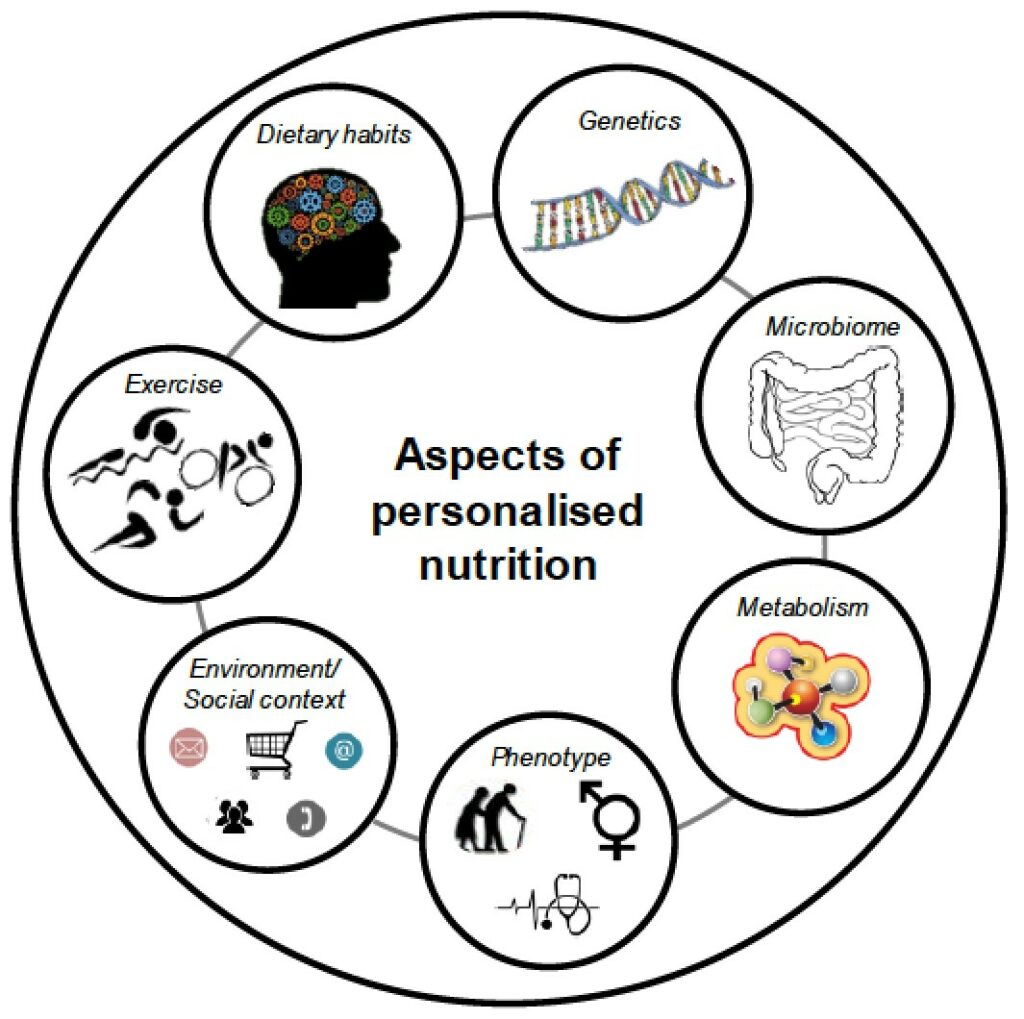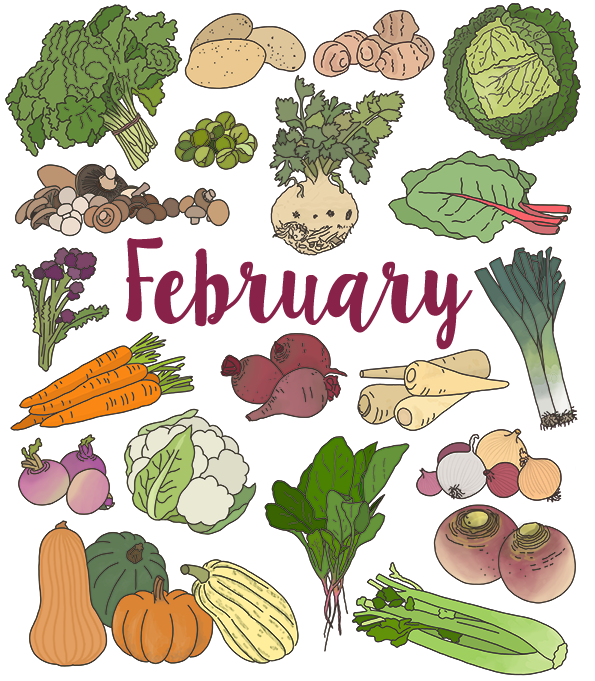Raise your hand if you have never taken a multivitamin supplement. I bet most of us have. I have. So, there must be a reason we all take them at some point, they must be useful. Are they?
The JAMA recently published the results of a cohort study of over 390,000 healthy American adults (Multivitamin Use and Mortality Risk in 3 Prospective US Cohorts). The study led by researchers at the National Institutes of Health’s National Cancer Institute analysed 27 years of participants data, looking at the association between mortality and self reported daily multivitamin intake. Overall, half of the population studied consumed daily multivitamins (similarly, nearly half of British adults do).
The results confirm that the intake of such supplements has no benefits in terms of longevity. There was no difference in mortality from cancer, heart disease and cerebrovascular diseases between those taking multivitamins and the others. (In fact, the former were very marginally more likely to die during the study period…).
The unregulated supplement industry is worth tens of billions, and many so called health experts and social media influencers try to convince people that they need supplements to be healthier, stronger, fitter. However, no scientific evidence support these claims. Multivitamins cannot replace a healthy diet, and paying for vitamins/minerals is essentially paying for expensive urine.
A few reminders:
– if you have a diagnosed deficiency, are pregnant or trying to conceive, or elderly, you are not a « healthy adult » 😉
– vitamin D supplements are always recommended during the winter months
– always check with your GP before taking OTC supplements if you take medication
– always consult with your GP if your health deteriorates.






